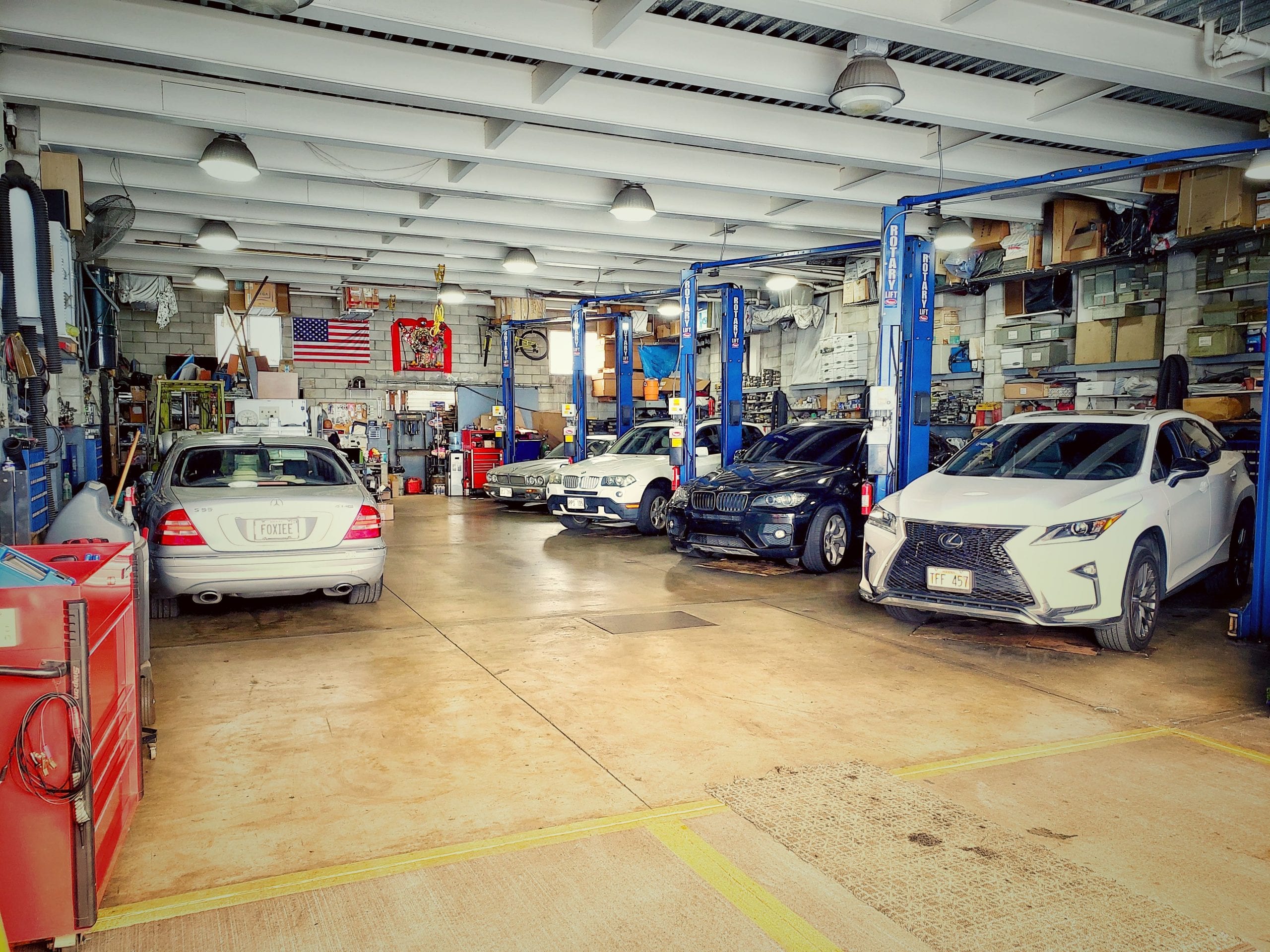All Categories
Featured

Keeping your car's tires is necessary to make certain a smooth, risk-free, and efficient driving experience. 2 key services that are often overlooked however have a substantial effect on tire longevity and performance are tire turning and positioning. These services aid keep your lorry running effectively and stop unequal tire wear that can impact both safety and security and fuel economy. Let's dive right into what tire turning and positioning are and why they're vital for your vehicle.
What Is Tire Turning? Tire turning is the procedure of moving your tires from one placement to one more to ensure they wear equally. Considering that your car's tires work at various prices depending upon their setting (front tires versus rear tires), turning them consistently helps to distribute the wear evenly, leading to a much longer lifespan for your tires.
Tires on the front axle often tend to wear much more promptly than those on the rear axle, especially in front-wheel-drive cars and trucks, where the front tires manage both steering and power. On the various other hand, rear tires might wear unevenly depending on the lorry's weight circulation and driving problems. By revolving your tires every 6,000 to 8,000 miles (or as suggested by the supplier), you'll guarantee a more balanced wear pattern.
What Is Tire Positioning? Tire alignment, also called wheel placement, refers to adjusting the angles of your car's wheels to the manufacturer's specs. Correct positioning ensures that your tires are aiming in the ideal direction, and it assists make best use of tire life and boost vehicle handling. There are three main aspects of alignment: camber, wheel, and toe.
Camber refers to the tilt of the tires from the front of the vehicle. If your tires are tilted also much inward or outward, it can trigger uneven wear. Wheel describes the angle of the steering axis when viewed from the side of the automobile. This affects the security of the guiding, specifically when driving straight. Toe describes the angle at which the tires direct internal or external when checked out from above. This affects exactly how your automobile tracks when traveling. A proper positioning ensures that all four tires are aiming right in advance and are tilted properly. Imbalance can arise from hitting holes, visuals, or merely from the wear of suspension elements with time.
Why Tire Rotation and Alignment Matter. Extended Tire Life. Both tire turning and placement assistance stop unequal tire wear. When your tires use uniformly, they last longer, which can conserve you money in the long run by lowering the demand for premature replacements.
Improved Security. Proper tire rotation and alignment enhance vehicle stability and handling. Misaligned tires or erratically worn tires can negatively influence your capacity to guide and stop your lorry, specifically in emergency scenarios. Normal maintenance ensures your tires do efficiently, giving a more secure driving experience.
Better Gas Performance. If your tires are not straightened properly, they might drag against the road surface area, causing resistance. This additional friction can lower gas effectiveness, causing your vehicle to take in even more gas. Routine tire positioning makes certain that your lorry moves successfully, boosting gas mileage.
Boosted Convenience. Misalignment or unevenly used tires can result in a rougher ride, as your car might pull to one side or create vibrations. By maintaining your tires turned and lined up, you'll delight in a smoother and much more comfy driving experience.
Signs That Your Tires Need Rotation or Positioning. It's important to remain sharp for any kind of indications that your tires need turning or placement. Watch out for these common indications:
Unequal Tire Use: If you observe that a person tire is substantially much more worn than the others, it might be time for a turning or placement. Guiding Pull: If your car pulls to one side while driving right, this might suggest misalignment. Vibrations: If you feel vibrations in the guiding wheel or the car itself, maybe a sign of imbalance or unequal tire wear. Squealing Tires: Unusual tire sound might additionally indicate improper placement or the requirement for a tire turning. Just how Often Should You Rotate and Straighten Your Tires? Tire rotation need to typically be done every 6,000 to 8,000 miles or as defined in your automobile's proprietor's guidebook. It's an excellent concept to revolve your tires during every oil adjustment, as this will assist you remain on top of regular upkeep.
When it comes to placement, it doesn't need as constant solution. Usually, positioning should be examined a minimum of when a year or whenever you see issues like drawing to one side or vibration. You may also need alignment if you've struck a big pothole or curb, which can toss your wheels out of placement.
Conclusion: Maintain Your Tires in Top Shape. Tire turning and placement are important services that keep your vehicle running efficiently, safely, and effectively. By putting in the time to have your tires turned and aligned on a regular basis, you're buying your auto's performance and durability, while additionally enhancing your security on the road. Keep positive with tire maintenance, and your vehicle will certainly thanks with better fuel economic climate, improved handling, and expanded tire life.
Latest Posts
Eye Center South - Retina Care Specialist: Advanced Vision Treatment Close to Home.
A Journey Via Time at the Deauville Inn
Transform Your Home with Bare Bones Furnishings in Queensbury, NY
More
Latest Posts
Eye Center South - Retina Care Specialist: Advanced Vision Treatment Close to Home.
A Journey Via Time at the Deauville Inn
Transform Your Home with Bare Bones Furnishings in Queensbury, NY